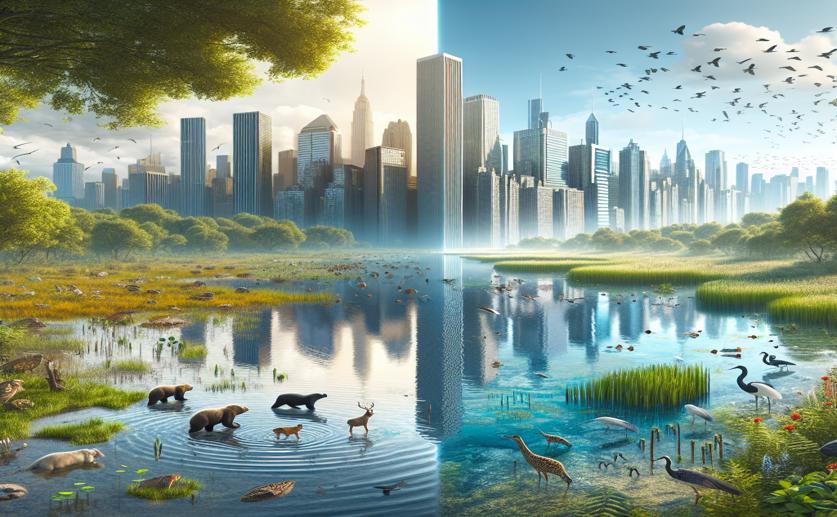
Understanding How Climate and Human Actions Impact City Wetlands Over Time
Phil Stevens
20th February, 2024

Image Source: Natural Science News, 2024
EnvironmentSustainabilityEcology
References
Main Study
1) Analysis of long-term spatio-temporal changes of plateau urban wetland reveals the response mechanisms of climate and human activities: A case study from Dianchi Lake Basin 1993-2020.
Published 20th February, 2024
https://doi.org/10.1016/j.scitotenv.2023.169447



 12th February, 2024 | Jim Crocker
12th February, 2024 | Jim Crocker